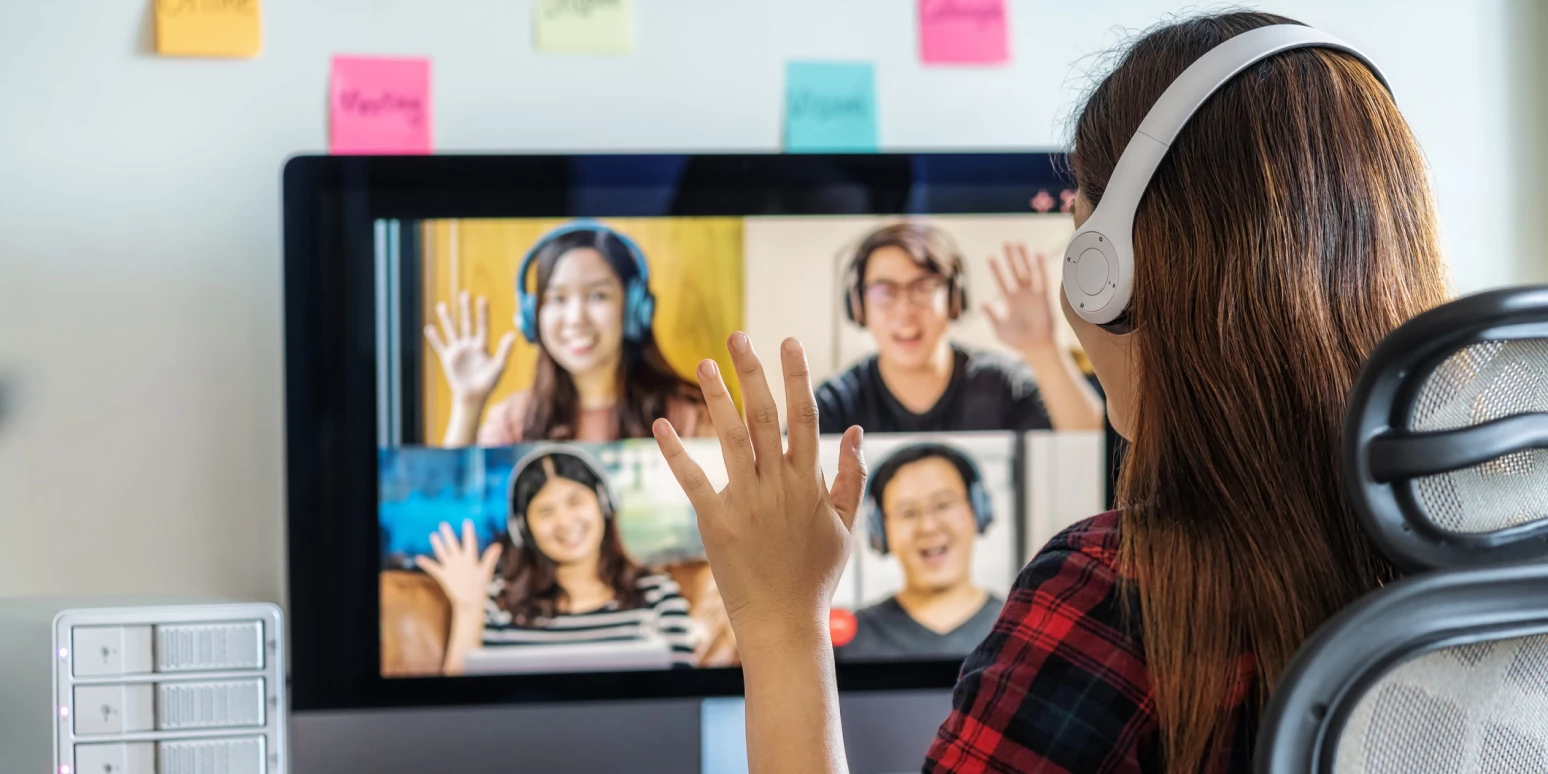Using hand gestures can enhance your video call experience
Link between having wealthy childhood friends and higher salary as an adult / Robot can untie knotted cables but cannot pick them up off the ground
It appears that using simple hand gestures during video calls enhances the experience of such interactions.
After numerous video calls during covid-19 lockdowns, Paul Hills at University College London (UCL) developed a set of gestures. "It was born out of my frustration with [online] meetings," says Hills, a management consultant, during a video call with New Scientist in which he employs the hand gestures.
In online meetings, he began informally testing a variety of gestures, including those from his volunteer lifeguard and addiction support group mentor roles. Initial positive feedback prompted him to collaborate with Daniel Richardson at UCL and other colleagues to test the signals more formally.

Using hand gestures can enhance your video call experience.
The researchers conducted a randomized trial with 120 undergraduate psychology students at UCL and their seminar leaders, who were introduced to nine gestures known as Video Meeting Signals.
These include placing a hand over the heart to indicate empathy, giving a thumbs up or down to indicate agreement or disagreement, and placing a hand on the head to indicate a question. Hills claims that the last of these signals was borrowed from Laurel and Hardy films.
Half of the students were instructed to use these signals in video conference seminars, while the other half participated in meetings without using the signals. Participants reported in post-experiment surveys that the use of gestures strengthened their sense of group membership. The data indicates a 98% likelihood that this was due to the gestures, and a 93% likelihood that they contributed to a better personal experience.
Richardson, speaking in the same video call interview as Hills and also employing some of the gestures, states, "It seemed to be helpful". “It did make these conversations more efficient, people said. They felt like they were achieving their goals sooner.”
In a second experiment, non-students were compensated for their participation, and a third group used emojis instead of hand gestures. Again, gestures demonstrated an advantage over the control group, as well as the emoji group.

Illustrative image.
Hills and Richardson believe that gestures are superior to using emojis or typed words in a text chat due to their speed; however, they acknowledge that using gestures requires participants to devote their full attention to video call screens, as opposed to multitasking on video calls as many people do.
Hills now offers video meeting workshops on how to use the gesture technique to businesses for a fee.
“It is interesting to see an empirical study examining the efficacy of gesture in this space,” says Matt Wood at the University of the West of England in Bristol, UK. He notes that the commercialization of the work necessitates a cautious approach to its findings. “The structure of conversation in videoconferencing appears to be important and to these ends, this paper introduces a potentially interesting framework,” he says. “But the use of gesture is not in any one researcher’s – or marketing company’s – hands.”
Journal reference: PLoS One, DOI: 10.1371/journal.pone.0270399
End of content
Không có tin nào tiếp theo
